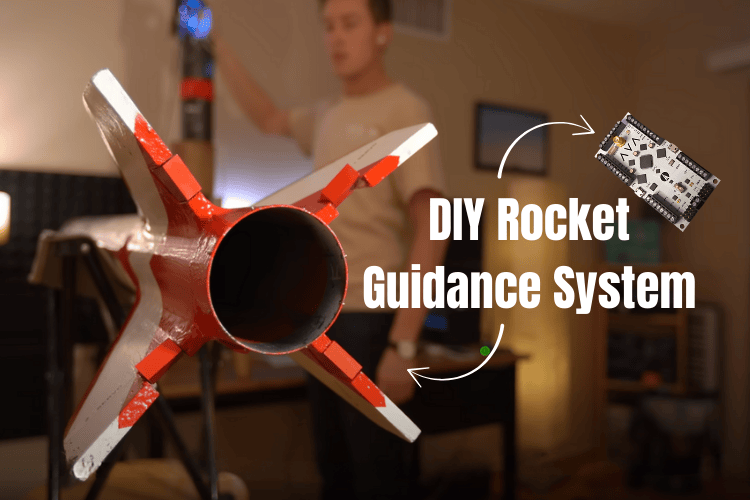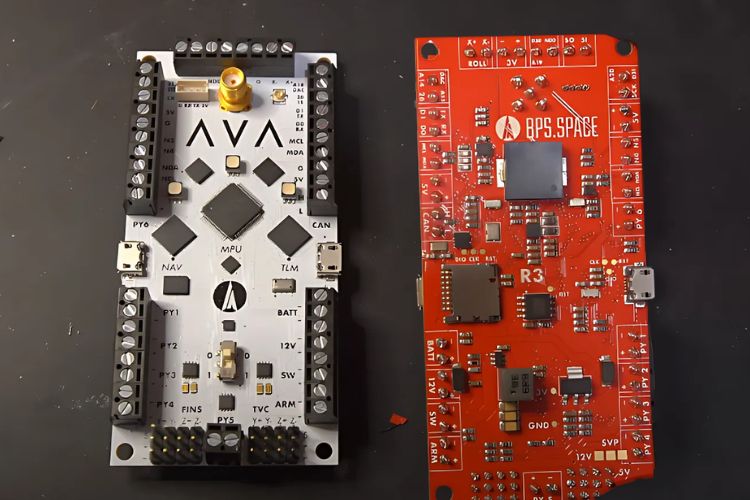
If you have ever watched a rocket launch and wondered how it stays steady during its fast ascent, you are not alone. Rocket flying is not just about power, it is about control and precision. That is exactly what ‘BPS.space’ focused on their latest project.
Before this project, the team worked on a few other rocket designs that helped them learn a lot about what works, and what doesn’t. In past rockets, they faced challenges with stability and signal issues, which sometimes caused the rockets to spin or lose connection during flight. Learning from those experiences, they wanted to build a rocket that flies faster and more smoothly, while keeping everything well-controlled and reliable. That’s how they tried to build their own Rocket Guidance System.

In order to increase the stability and guidance, they added fin tabs at the back of the rocket that act like flight controllers to control its direction, managing yaw (side to side), pitch (up and down), and roll (spinning). Inside, the rocket uses an advanced flight computer called Ava which is designed by the same youtuber in 2020, along with strong servos and carefully tested cables, to handle the high vibrations during flight. The electronics bay is made from lightweight but strong materials like carbon fiber, with improved cooling and power management for the onboard cameras and systems.
BPS.space aims to make their rockets more stable, capture smoother video footage, and ensure easier recovery after flight. This project shows how learning from past challenges and making thoughtful technical upgrades can improve earlier designs. By building on previous versions, it pushes the rocket’s performance and reliability further. It’s a great example of hands-on innovation that could inspire more precise and efficient rocket designs in the future.

